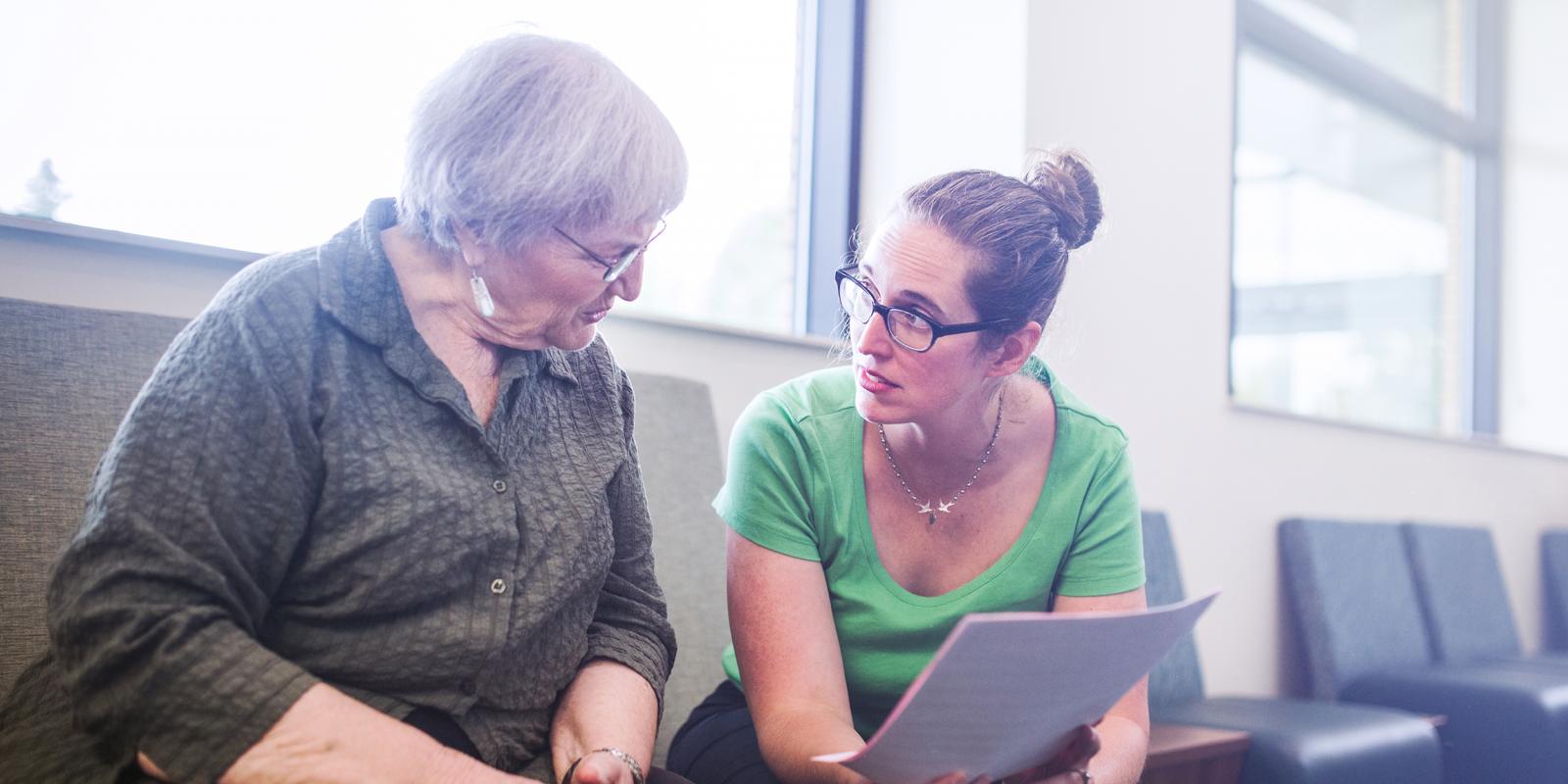
Pi-Ju (Marian) Liu won ASA’s Graduate Student Research Award in 2011 for her study on older adults’ decision-making around Medicare’s prescription drug program. Raised and schooled in Taiwan, Liu attended graduate school as a psychologist at Claremont Graduate University in a bucolic suburb of Southern California.
Then it was off to University of California, San Francisco (UCSF), and now she’s ensconced at the School of Nursing at Purdue University, where she conducts applied research around elder justice issues, working with Adult Protective Services (APS), and funded by the Administration for Community Living (ACL) to measure services outcomes. As they bought a single-family home close to campus for the first time, she and her husband are “learning a lot about yard work,” she said.
This time she and her colleagues—Kendon and Karen Conrad of the University of Illinois at Chicago, Zachary Hass of Purdue’s schools of Nursing and Industrial Engineering, Sara K. Stratton of San Francisco APS, Andrew Butler of UCSF, Jarmin Yeh of UCSF and the late Madelyn (Micki) Iris—are studying elder mistreatment, specifically a new assessment tool to help APS caseworkers substantiate cases and get resources to clients more effectively.
Called the Identification, Services, and Outcomes (ISO) Matrix, the short abuse, neglect and exploitation assessment was developed to test how standardized measures can confirm mistreatment, and has shown inconsistencies in reporting by caseworkers.
Germs of the Study Formed in San Francisco and Napa
In California, Liu had been introduced to “all the good people” at California APS and California Department of Social Services (CDSS) (county to state levels), and spent a lot of time on calls and meetings figuring out what the state needed. Serving on a workgroup of Adult Services Committee at County Welfare Directors Association of California (CWDA), Liu joined California APS to discuss its desire to address APS outcomes, which Liu calls the holy grail in APS.
Because there is currently no federal level funding for APS, the team delved into ways to increase awareness. They started off by demonstrating, with statistics, how APS made a difference in people’s lives. Soon Liu had hooked the ACL, which now wanted access to APS outcomes. San Francisco and Napa APS volunteered to be part of the pilot. With support from CDSS and CWDA’s Protective Services Operations Committee, Liu and her colleagues in 2017 secured funding for a two-year project.
APS’s mission is to keep vulnerable or older adults safe while they live independently at home. The ISO Matrix identified which type of abuse people might be enduring, what services APS provided, and what had transpired by the time the case was closed.
Sixty-percent of APS cases involve self-neglect, says Liu, so she and her colleagues chose self-neglect as an example of the use of standardized measures and how they could impact of APS caseworker decision-making. They found abnormalities in the data. In some cases, high severity self-neglect was reported as unsubstantiated, while the same unsubstantiated remark was used for low severity cases as well.
“It is essential to identify these cases because it’s elder mistreatment, and services depend on detecting clients’ needs due to mistreatment,” said Liu.
APS caseworkers should be able to easily perform a self-neglect assessment using the ISO Matrix, which has six questions around self-neglect. If six out of six are answered as yes, most caseworkers would say, “For sure my client is going through self-neglect issues.” But what if a caseworker answers affirmatively for all six but comes away saying, “Nothing is going on here”?
“We can now compare and figure out why that is,” said Liu.
It turns out many caseworkers misunderstood how to use the ISO Matrix, so the researchers spent more time training caseworkers in using the tools, as reported in their recent publication.
“I’m proud of the paper because it is tied to APS practice,” said Liu. “APS is big in quality assurance, and quality improvement. With this publication, we are able to talk to stakeholders about benefits of using standardized measures.”
Next Up: Tracking Clients After the Case Has Closed
“There were a lot of lessons learned working with San Francisco and Napa,” said Liu. “As a researcher, I hadn’t known much about APS practices. However, after this experience, I realized the next step is to keep track of the clients themselves,” she added.
Often APS has interacted with clients, provides services, and then loses contact after case closure. Caseworkers assume clients are safe, but, Liu said, “a lot of bad things can happen. In research, there is talk around the misnomer of recidivism, where there is negative perception for returning APS clients. On the contrary, we should reinforce the notion that APS involvement is crucial if mistreatment persists. As such, we should look at it as reoccurrence, and explore the reason behind the reoccurrence,” Liu said.
Follow up should be encouraged as it assures clients’ continued safety. One APS caseworker described her joy when she was able to help a returning client, simply because the client was able to refer to the contact information she left behind.
“That would make us understand the value of APS better,” said Liu. “So our next step is to figure out if we can keep track of clients longer and determine longer term outcomes.”
Liu is applying for more funding to expand the study to one of the APS units in Indiana that covers six counties. Also, the State of Montana started using the ISO Matrix this past March, and 18 other counties in California are also interested in adopting it.













